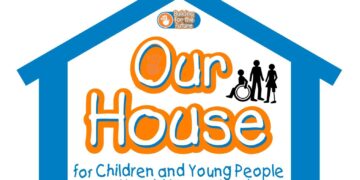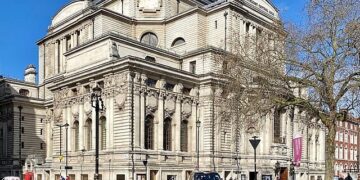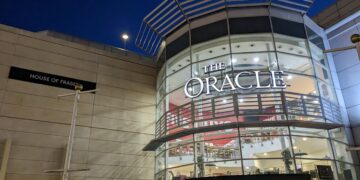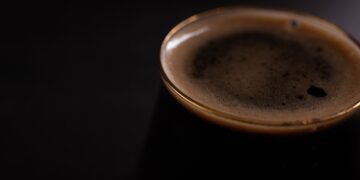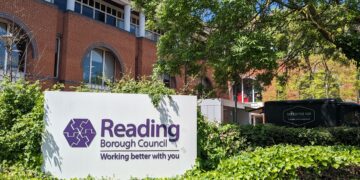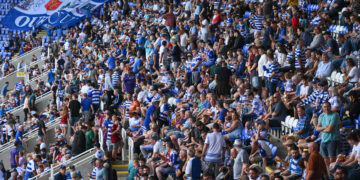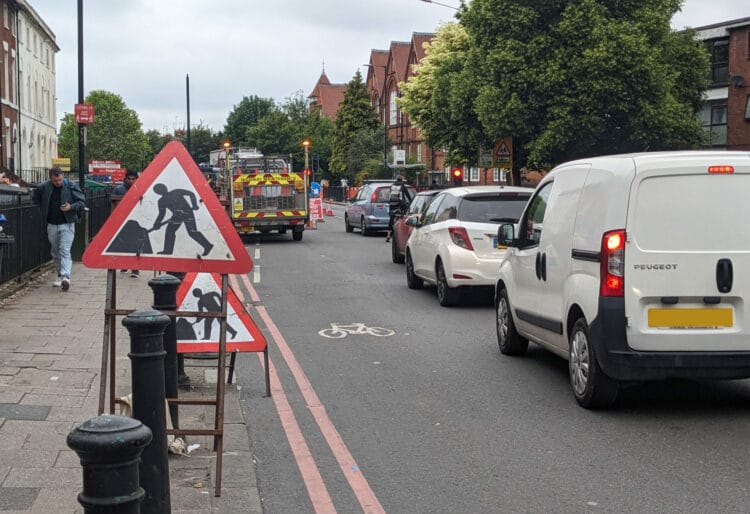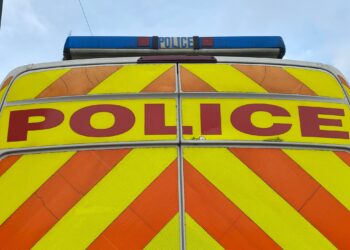READING Borough Council has announced that a new road scheme to improve bus transport along Oxford Road is set to come into effect this week.
A new bus lane has been put in place on the outbound carriageway of the Oxford Road, between its junctions with Pangbourne Street and Norcot Road.
A redesign of the road means that no road space has been lost for general traffic in the area, with resurfacing works will be taking place between the junctions of Shaftesbury Road and Norcot Road nightly until Friday, November 1.
The lane will be in use immediately after it is finished, with overnight closures from 7pm-2am until then and diversions put in place.
It is one of five new bus lanes being instated in the borough, the first of which, in London Road, opened in August.
All five bus lanes have been selected for stretches of road where the council says services “suffer most from delays” due to traffic congestion, particularly at peak times.
It’s part of a multi-million-pound plan by the council, the Bus Service Improvement Plan, which saw £26m of investment from the Department of Transport.
Cllr John Ennis, Lead Councillor for Climate Strategy and Transport, said: “The busy Oxford Road is an integral part of Reading’s best-used bus route, the Purple 17, which runs between east and west Reading all day every day.
“The introduction of these two new bus lanes will benefit many thousands of passengers whose journeys will now run more smoothly, as well as residents who live in and around the Oxford Road by reducing congestion and the health impacts of air pollution.”
He explained: “Reading already boasts an excellent bus network and It will become an even more attractive way to travel if buses can avoid traffic congestion and journeys are quicker and more reliable.
“The Council’s aim is to tackle traffic congestion, reduce carbon emissions, improve air quality and for Reading to become a net-zero borough.
“Without making significant changes to the transport infrastructure, including new bus lanes, and providing realistic sustainable transport alternatives, car usage will continue to grow, creating greater levels of congestion, producing more air pollution and damaging the health of Reading residents.”

